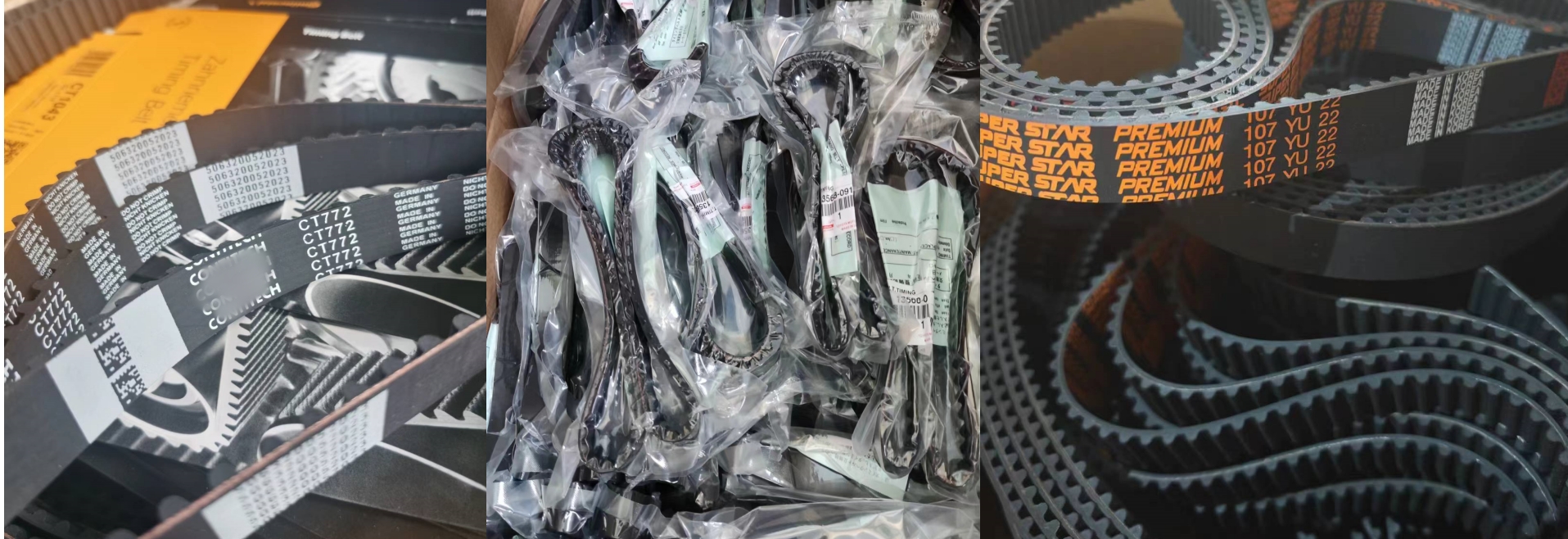- Arabic
- French
- Russian
- Spanish
- Portuguese
- Turkish
- Armenian
- English
- Albanian
- Amharic
- Azerbaijani
- Basque
- Belarusian
- Bengali
- Bosnian
- Bulgarian
- Catalan
- Cebuano
- Corsican
- Croatian
- Czech
- Danish
- Dutch
- Afrikaans
- Esperanto
- Estonian
- Finnish
- Frisian
- Galician
- Georgian
- German
- Greek
- Gujarati
- Haitian Creole
- hausa
- hawaiian
- Hebrew
- Hindi
- Miao
- Hungarian
- Icelandic
- igbo
- Indonesian
- irish
- Italian
- Japanese
- Javanese
- Kannada
- kazakh
- Khmer
- Rwandese
- Korean
- Kurdish
- Kyrgyz
- Lao
- Latin
- Latvian
- Lithuanian
- Luxembourgish
- Macedonian
- Malgashi
- Malay
- Malayalam
- Maltese
- Maori
- Marathi
- Mongolian
- Myanmar
- Nepali
- Norwegian
- Norwegian
- Occitan
- Pashto
- Persian
- Polish
- Punjabi
- Romanian
- Samoan
- Scottish Gaelic
- Serbian
- Sesotho
- Shona
- Sindhi
- Sinhala
- Slovak
- Slovenian
- Somali
- Sundanese
- Swahili
- Swedish
- Tagalog
- Tajik
- Tamil
- Tatar
- Telugu
- Thai
- Turkmen
- Ukrainian
- Urdu
- Uighur
- Uzbek
- Vietnamese
- Welsh
- Bantu
- Yiddish
- Yoruba
- Zulu
Jul . 27, 2024 00:04 Back to list
Understanding the Mechanics and Applications of Toothed Flat Belt Drive Systems in Engineering
Toothed Flat Belt Drive An Overview
In the realm of mechanical engineering and power transmission, the toothed flat belt drive system is recognized for its innovative approach to power transfer. This technology combines the principles of belt drive systems with the precision of toothed gearing, resulting in a robust and efficient means of transferring motion and torque across various applications.
1. Understanding Toothed Flat Belt Drives
Toothed flat belt drives utilize a flat belt that features teeth on its inner surface, which mesh with corresponding teeth on pulleys or drums. This design contrasts with traditional flat belts, which rely solely on friction for power transmission. The incorporation of teeth allows for precise engagement between the belt and the pulleys, significantly reducing slippage and improving efficiency.
The toothed flat belt is typically made from materials like rubber or polyurethane, often reinforced with fibers for enhanced strength and durability. The tooth profiles are designed to minimize wear and deliver high performance over extended periods. This type of belt drive is commonly found in applications where space is limited and where precise positioning and movement are critical.
2. Advantages of Toothed Flat Belt Drives
One of the primary benefits of toothed flat belt drives is their efficiency. By eliminating slippage, these systems can transmit power more effectively compared to their non-toothed counterparts. This results in lower energy consumption, which is increasingly important in today’s environmentally-conscious engineering practices.
Additionally, toothed flat belt drives offer high torque transmission capabilities. The engagement between the teeth allows these belts to handle higher loads without stretching, making them ideal for heavy-duty applications. Furthermore, the precise meshing of teeth enables smoother operation, reducing vibrations and wear on both the belt and the pulleys.
Another significant advantage is the reduced maintenance requirement. Toothed flat belts tend to have longer lifespans than traditional belts due to their sturdy construction and efficient design. With lower wear rates, the need for frequent replacements is diminished, translating to cost savings over time.
toothed flat belt drive

3. Applications in Industry
Toothed flat belt drives are widely used across various industries due to their versatility. One prevalent application is in the automotive sector, where they are employed in systems such as timing belts for synchronizing the movement of the engine’s camshaft and crankshaft. This application underlines the importance of precision and reliability, as any failure in this system could lead to catastrophic engine damage.
In manufacturing and robotics, toothed flat belts are often used in conveyor systems, where precise positioning is crucial. The predictable movement enabled by the tooth engagement allows for accurate control in assembly lines, enhancing efficiency and productivity.
Additionally, these drives find use in household appliances like washing machines and dryers, where they facilitate the transfer of motion from the motor to various components within the machine. Their ability to operate quietly and smoothly contributes to the overall user experience.
4. Challenges and Future Trends
Despite their numerous advantages, toothed flat belt drives are not without challenges. Over time, exposure to environmental factors such as dust, dirt, and moisture can lead to wear and performance degradation. To mitigate these issues, manufacturers are continually innovating, developing advanced materials and coatings that enhance the durability of toothed flat belts.
Looking ahead, the future of toothed flat belt drives appears promising. With the rise of automation and smart technologies, there is a growing demand for more efficient power transmission systems. As engineers continue to push the boundaries of design and material science, toothed flat belt drives are likely to evolve further, meeting the ever-increasing demands of modern industry while maintaining their efficiency and reliability.
In conclusion, toothed flat belt drives represent a significant advancement in power transmission technology, combining the best features of traditional belt drives and toothed gearing. Their efficiency, durability, and versatility make them an essential component in many industries today.
-
Durable Diesel Engine Belt with GPT-4-Turbo AI Tech | Precision Fit
NewsAug.04,2025
-
High-Quality Tensioner Belt Pulley - Durable & Efficient
NewsAug.03,2025
-
Premium Timing Belt Factory | AI-Optimized Solutions
NewsAug.02,2025
-
Premium Custom V Belts Enhanced with GPT-4 Turbo AI
NewsAug.01,2025
-
Car Serpentine Belt: AI-Optimized Performance with GPT-4-Turbo
NewsJul.31,2025
-
Heat Joining Drive Belt | High-Durability Fusion Solution
NewsJul.31,2025

